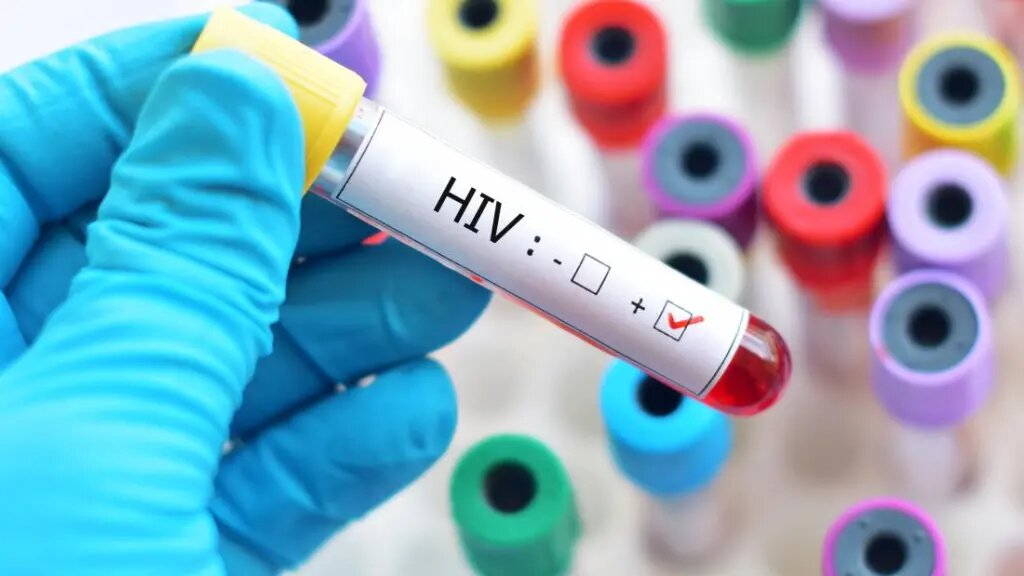The health authorities in Rwanda report that the issue of the rapid spread of HIV among the youth is highly alarming, as this age group has shown a significant increase in new infections in recent years, accounting for 35% of all new cases.
A health and household study by the DHS in 2020 shows that 59% of young girls between the ages of 15 and 24 have limited knowledge about HIV and its testing, whereas 57% of boys lack this knowledge.
Data from the Rwanda Biomedical Centre, RBC, indicates that of the thousands who get infected annually, 35% are youths.
Regarding those aged between 15 and 49, the highest rates of infections are found in Kigali City and some districts of the Eastern Province, including Rwamagana, Bugesera, Kayonza, and Gatsibo, as well as Nyamasheke and Kamonyi.
The Director of the HIV Prevention Unit at RBC, Dr. Ikuzo Basile, informed [Kura] that among the leading causes of the spread of HIV among the youth are early engagement in prostitution and drug abuse.
He stated, “The main reasons for the spread of HIV among the youth include limited knowledge, and currently, we are struggling with this. Moreover, young people are engaging in prostitution at a very young age, which increases their risk of getting infected.”
“There are also issues related to communication within families. Parents often neglect to discuss HIV prevention with their children. Drug use also increases the risk as it leads to risky sexual behaviors.”
Statistics show that girls under 18 who visit health facilities and hospitals for pregnancy testing in the Eastern Province account for 12%, while the national average is 7%. This implies that many young people in this province engage in sexual activities, exposing them to the risk of contracting HIV.
Dr. Ikuzo highlighted that poverty among the youth makes them neglect their health, leading them to risky behaviors that could result in HIV infections.
He revealed that boys aged between 15 and 19 face significant risks of infection. As for girls, their risks are magnified by getting involved with older partners.
He said, “We noticed that orphans face higher risks of contracting HIV due to interactions with their peers and being taken advantage of by older guardians. We understand they are at a higher risk.”
“There is a special program for orphans. We have initiated it, and continue to collaborate with partners in various regions to address the challenges faced by young girls who are more vulnerable than others. We offer them prevention services, including contraception and protection against sexually transmitted infections.”
RBC states that the program to help orphans protect themselves from sexually transmitted infections began in 2018, starting in some regions, and has now expanded to 23 districts.
There’s also an emphasis on groups with high infection rates, including commercial sex workers and young girls aged between 18 and 24.
Efforts are being made to understand the interests of the youth.
Dr. Ikuzo speaks about the awareness campaigns that were carried out when HIV was more rampant in the past. Currently, they focus more on high-risk groups.
Regarding the youth, he said, “We try to reach out to them wherever they are, whether on social platforms where they congregate or during events they attend. We aim to strengthen youth institutions as they are numerous and offer many services to the youth.”
Dr. Ikuzo mentioned plans to collaborate with educational authorities to integrate lessons on preventing sexually transmitted infections into school curricula.
Currently, the HIV prevalence rate in Rwanda stands at 3%. The number of people on antiretroviral therapy to reduce the viral load of HIV is 218,314.


